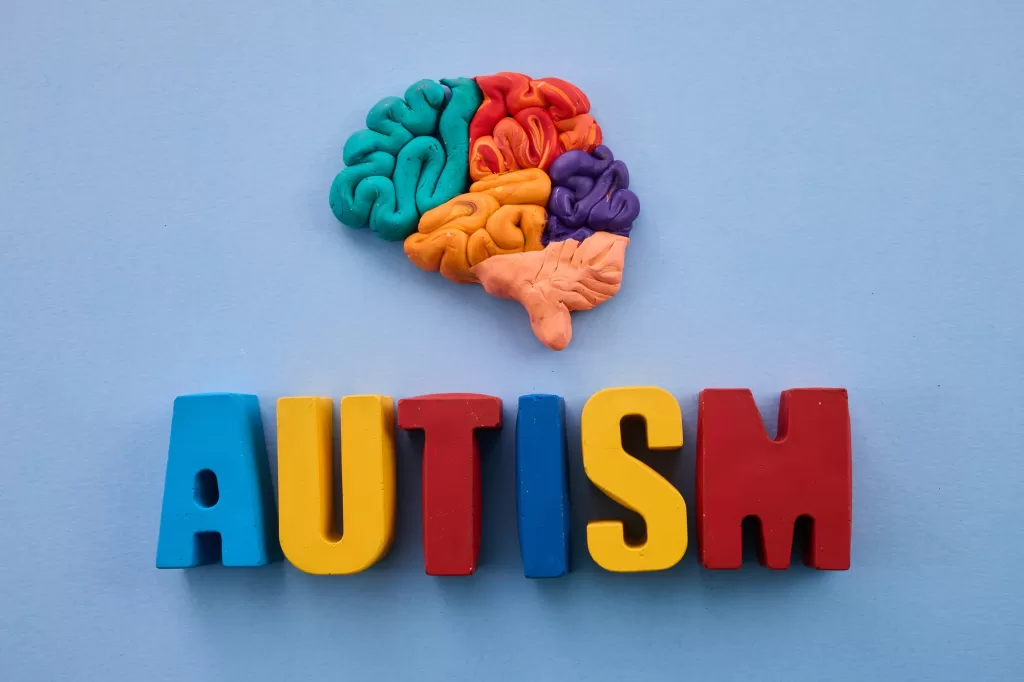As a parent or professional working with individuals on the autism spectrum, you’ve witnessed firsthand that no two people with autism are exactly alike. One child might demonstrate exceptional verbal abilities while struggling with sensory processing, while another may be non-verbal but show remarkable problem-solving skills. This incredible diversity—what researchers call “phenotypic heterogeneity”—has long presented challenges for scientists seeking to understand autism’s underlying causes.
But everything changed with a revolutionary new study from Princeton University.
Groundbreaking Research Identifies Four Biologically Distinct Autism Subtypes
Researchers at Princeton University and the Simons Foundation have achieved what many thought impossible: they’ve successfully “decoded” autism’s diverse traits by discovering four distinct patterns of characteristics, each linked to unique genetic and biological profiles. Published in Nature Genetics, this landmark SPARK study analyzed data from over 5,000 children to uncover these biologically distinct autism subtypes.
This isn’t about creating new diagnostic labels—it’s about gaining deeper understanding that can revolutionize how we provide personalized autism support and ABA therapy.
The Science Made Simple: Understanding Autism’s Complexity
Think of the autism spectrum as a vast collection of different colored and shaped building blocks. For decades, scientists struggled to understand how all these pieces fit together. In this groundbreaking study, researchers used sophisticated computational methods to organize these pieces into four logical, biologically meaningful groups.
By analyzing comprehensive data from thousands of individuals with autism, they identified four main classes of symptoms that naturally cluster together. Most significantly, each class corresponds to a unique set of genetic factors, providing a clear roadmap for understanding the different biological pathways contributing to autism spectrum disorders.
The Four Distinct Autism Subtypes Explained
Here’s what the Princeton SPARK study revealed about each autism subtype:
1. Social and Behavioral Challenges Class
Individuals in this group face the most significant social communication difficulties and frequently experience co-occurring conditions like ADHD and anxiety. Remarkably, their early development often follows typical patterns, with challenges becoming more apparent during later childhood. This subtype connects to genetic profiles where mutations become active later in development.
2. Mixed ASD with Developmental Delay Class
This group presents a combination of core autism traits alongside significant developmental delays. Children in this category typically show mixed symptom presentations and reach developmental milestones more slowly. Their genetic profile suggests a combination of new mutations and rare genetic variations inherited from parents.
3. Broadly Affected Class
Though the smallest group, these individuals face the most profound challenges. They experience severe social and communication difficulties, significant developmental delays, and high rates of other psychiatric conditions. Genetically, this group shows the highest number of “de novo” (brand-new) mutations.
4. Moderate Challenges Class
The largest subtype, these individuals demonstrate moderate autism characteristics with developmental milestones reached closer to neurotypical timelines. While genetic variations exist, they’re generally less severe than in other classes.
Revolutionary Impact on ABA Therapy and Individualized Treatment
This research doesn’t change your child’s diagnosis—it transforms how we understand and support them. As Board Certified Behavior Analysts (BCBAs), this study strengthens our commitment to highly individualized, evidence-based ABA therapy.
How This Discovery Enhances Our ABA Practice:
Precision-Based Treatment Planning: Instead of one-size-fits-all approaches, we now have scientific backing to understand why certain ABA interventions work better for specific children. We can prioritize goals and select strategies based on these underlying patterns.
Deeper Understanding of Individual Profiles: This framework allows us to see your child’s unique strengths and challenges with greater clarity, enabling us to build more effectively on their developmental trajectory while addressing specific needs.
Future Innovation in Autism Treatment: This research opens doors for scientists to develop targeted autism interventions specifically designed for each subtype pattern, creating hope for more precise and effective treatments.
What This Means for Your Family’s ABA Journey
At Committed to Kids ABA, we’re dedicated to incorporating the latest research findings into our practice. This groundbreaking study confirms that an autism diagnosis is just the beginning of understanding your child’s unique needs.
The path to effective support requires understanding the individual—and science now provides us with a more detailed roadmap to guide our journey together.
We remain committed to using cutting-edge evidence to deliver the highest quality ABA therapy services for your family. Our team stays current with research like the Princeton SPARK study to ensure our interventions are both scientifically sound and individually tailored.
Moving Forward: Personalized Autism Support
This landmark research represents a monumental step toward precision medicine in autism treatment. By identifying these four biologically distinct subtypes, researchers have laid the groundwork for more targeted, effective interventions that consider each individual’s unique genetic and developmental profile.
Ready to learn how this research applies to your child’s ABA therapy plan? Contact our expert team at Committed to Kids ABA to discuss how these findings can enhance your family’s treatment approach.
Want to stay updated on the latest autism research and ABA therapy innovations? Visit our website for more evidence-based insights and resources for families navigating the autism journey.
What are your thoughts on this groundbreaking study? Share your questions or experiences in the comments below—we’d love to hear from you!



